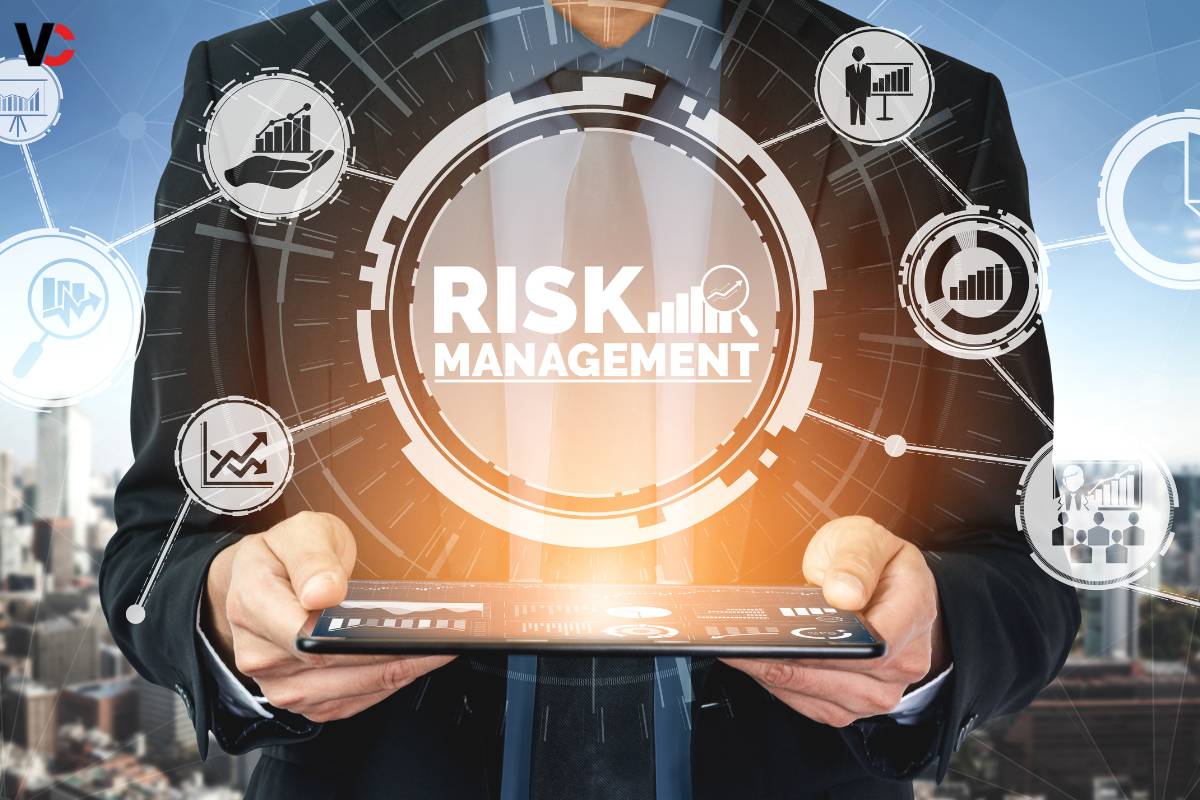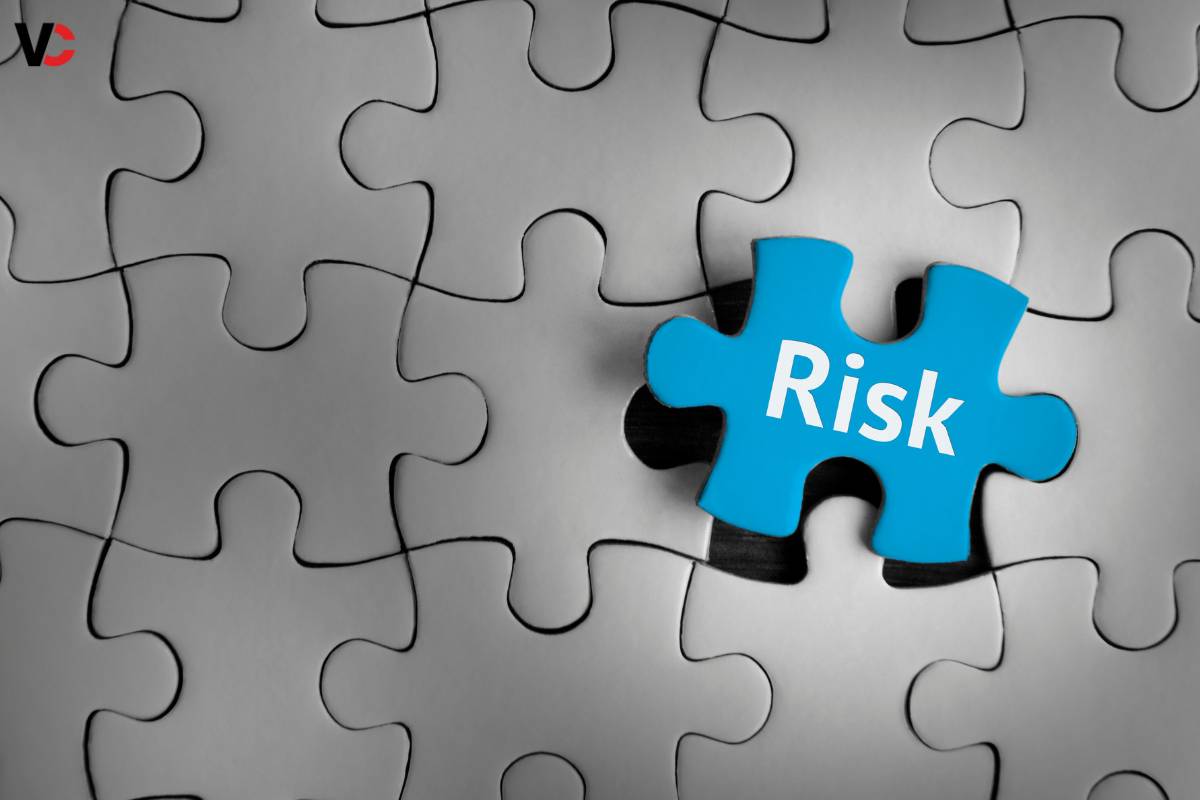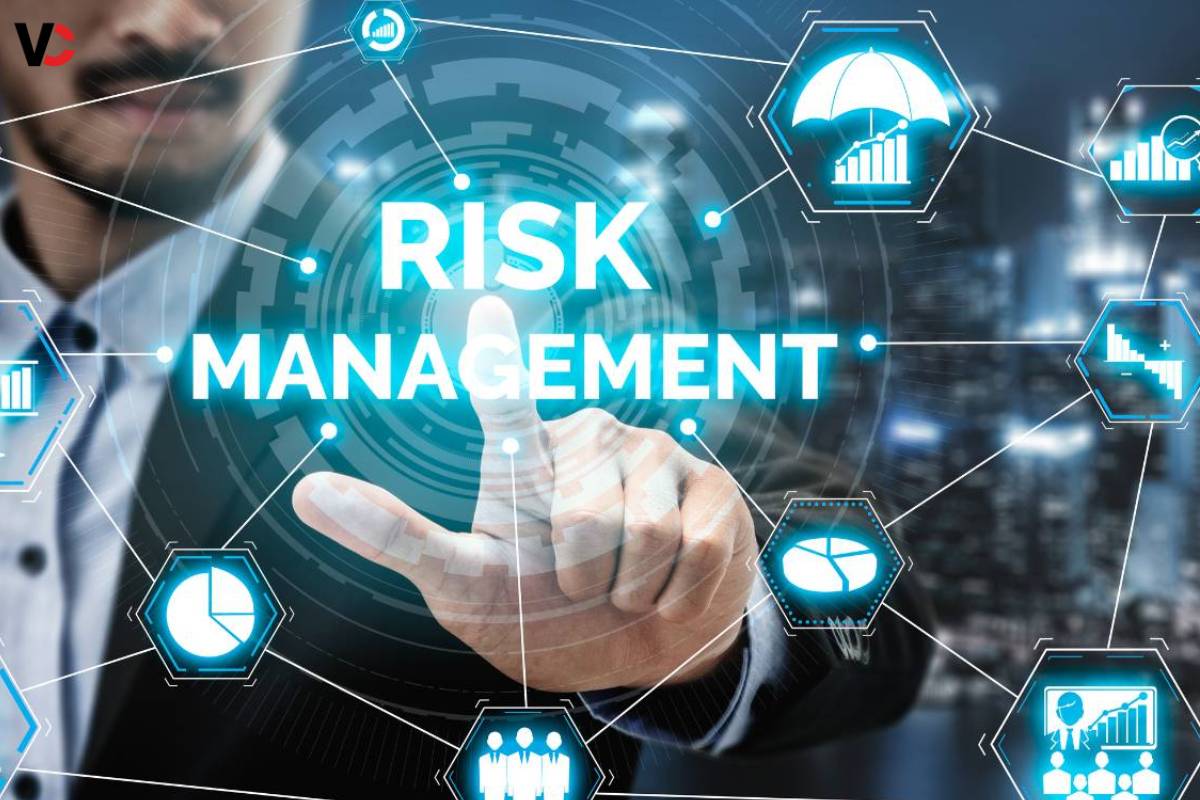In the realm of business operations, risk management stands as a critical function for mitigating uncertainties, safeguarding assets, and ensuring the long-term sustainability of organizations. Whether it’s navigating market fluctuations, technological disruptions, or regulatory changes, effective risk management practices are essential for identifying, assessing, and mitigating potential threats to business operations. In this comprehensive guide, we delve into the principles, strategies, and best practices for implementing robust risk management processes to protect against unforeseen events and capitalize on opportunities for growth and innovation.
Understanding Risk Management

Risk management is the process of identifying, assessing, and prioritizing risks to minimize their impact on business objectives. It involves systematically analyzing potential threats and vulnerabilities, evaluating their likelihood and potential consequences, and implementing measures to mitigate or transfer risks. By proactively managing risks, organizations can enhance resilience, protect assets, and seize opportunities for strategic growth.
Moreover, risk management is not just about avoiding risks but also about making informed decisions to balance risk and reward effectively. It requires a proactive and systematic approach, involving collaboration across departments and levels of the organization. Effective management empowers organizations to anticipate and respond to challenges, capitalize on opportunities, and adapt to changing market conditions.
By embedding risk management into their culture and operations, organizations can foster a proactive mindset, promote accountability, and achieve sustainable success in today’s dynamic business environment. Understanding the fundamentals of management is crucial for organizations looking to navigate uncertainties and thrive amidst challenges and opportunities.
Key Components of Risk Management

1. Risk Identification
Identify potential risks across all areas of the organization, including operational, financial, strategic, and reputational risks. This involves conducting risk assessments, brainstorming sessions, and utilizing management frameworks to identify and categorize risks effectively.
2. Risk Assessment
Assess the likelihood and potential impact of identified risks using qualitative and quantitative analysis techniques. Prioritize risks based on their significance to the organization’s objectives and develop risk registers or matrices to track and monitor risks over time.
3. Risk Mitigation Strategies
Develop and implement risk mitigation strategies to reduce the likelihood or impact of identified risks. This may involve implementing internal controls, diversifying investments, purchasing insurance, or establishing contingency plans to address potential threats.
4. Risk Monitoring and Review
Continuously monitor and review risks to ensure that mitigation strategies are effective and relevant. Regularly update risk assessments, review risk registers, and conduct scenario analysis to adapt to changing business conditions and emerging threats.
5. Risk Communication and Reporting
Communicate risk information effectively to key stakeholders, including senior management, board members, and employees. Provide regular updates on risk exposure, mitigation efforts, and emerging risks through comprehensive risk reports, presentations, and meetings.
6. Compliance and Regulatory Risk Management
Ensure compliance with relevant laws, regulations, and industry standards to mitigate legal and regulatory risks. Stay abreast of changes in regulatory requirements and adjust risk management practices accordingly to minimize exposure to compliance-related issues.
7. Cybersecurity Risk Management
Protect sensitive data and information systems from cyber threats by implementing robust cybersecurity measures. This includes implementing firewalls, encryption, access controls, and regular security audits to prevent data breaches and unauthorized access.
8. Business Continuity and Disaster Recovery Planning
Develop business continuity and disaster recovery plans to ensure continuity of operations in the event of unexpected disruptions, such as natural disasters, cyberattacks, or pandemics. Identify critical business functions, establish alternate work sites, and test recovery procedures regularly to minimize downtime and financial losses.
Challenges and Opportunities in Risk Management

While risk management offers numerous benefits for organizations, it also presents challenges that require careful consideration and proactive management. Some common challenges include:
1. Uncertainty and Complexity
Dealing with uncertainties and complexities inherent in today’s business environment requires robust risk management processes and tools to identify, assess, and mitigate risks effectively.
2. Resource Constraints
Limited resources, including time, budget, and expertise, can pose challenges for implementing comprehensive risk management programs. Organizations must prioritize risks and allocate resources efficiently to address the most significant threats.
3. Integration and Alignment
Integrating risk management into broader business processes and aligning management strategies with organizational objectives can be challenging. Collaboration and communication across departments are essential for ensuring that management efforts support business goals and priorities.
4. Emerging Risks
Identifying and managing emerging risks, such as technological disruptions, geopolitical instability, and pandemics, requires agility and foresight. Organizations must continuously monitor external factors and adapt their management strategies to address evolving threats.
Conclusion
In conclusion, risk management is an essential function for safeguarding business success and resilience in today’s uncertain and volatile business environment. By adopting a systematic and proactive approach to risk management, organizations can identify potential threats, assess their potential impact, and implement strategies to mitigate risks effectively.
From identifying and prioritizing risks to developing and implementing mitigation strategies, management processes help organizations anticipate and respond to challenges while capitalizing on opportunities for growth and innovation. Embracing risk management as a core business practice enables organizations to navigate uncertainties with confidence, protect their assets, and achieve long-term sustainability and success.
FAQs
1. What is the primary goal of risk management?
Answer: The primary goal of risk management is to identify, assess, and prioritize risks to minimize their impact on business objectives. By systematically analyzing potential threats and vulnerabilities, organizations can implement measures to mitigate or transfer risks, enhance resilience, and protect assets.
2. How does risk management benefit organizations?
Answer: Risk management benefits organizations by enabling them to anticipate and respond to challenges, capitalize on opportunities, and adapt to changing market conditions. It helps organizations make informed decisions, protect against potential losses, and achieve sustainable success in today’s dynamic business environment.
3. What are the key steps involved in the risk management process?
Answer: The key steps in the management process include risk identification, risk assessment, risk prioritization, risk mitigation, risk monitoring, and risk reporting. These steps involve systematically analyzing potential threats, evaluating their likelihood and impact, implementing measures to address risks, and monitoring the effectiveness of management efforts.
4. How can organizations effectively implement risk management practices?
Answer: Organizations can effectively implement risk management practices by establishing a management framework, promoting a risk-aware culture, allocating resources to management activities, and integrating management into decision-making processes. Collaboration across departments and levels of the organization is essential for successful management implementation.
5. What are some common challenges in risk management?
Answer: Common challenges in management include uncertainty and complexity, resource constraints, integration and alignment issues, and emerging risks. Addressing these challenges requires organizations to adopt a proactive and systematic approach to management, foster collaboration and communication, and stay abreast of evolving threats and opportunities.
Also Read: Crafting Your Leadership Philosophy: A Blueprint for Success


















